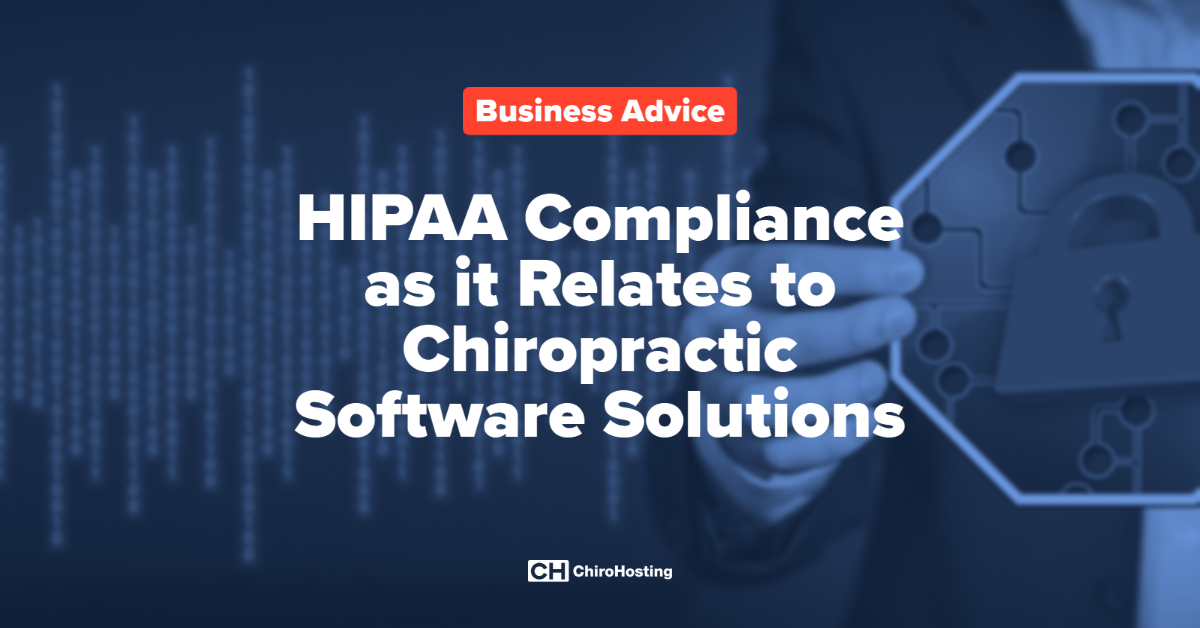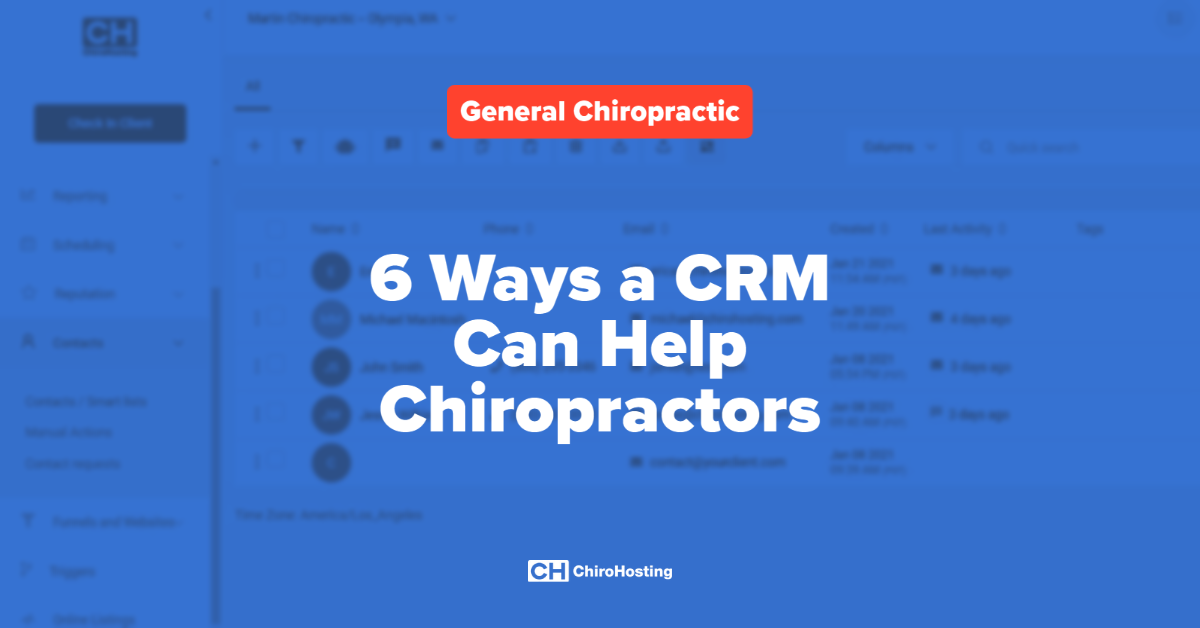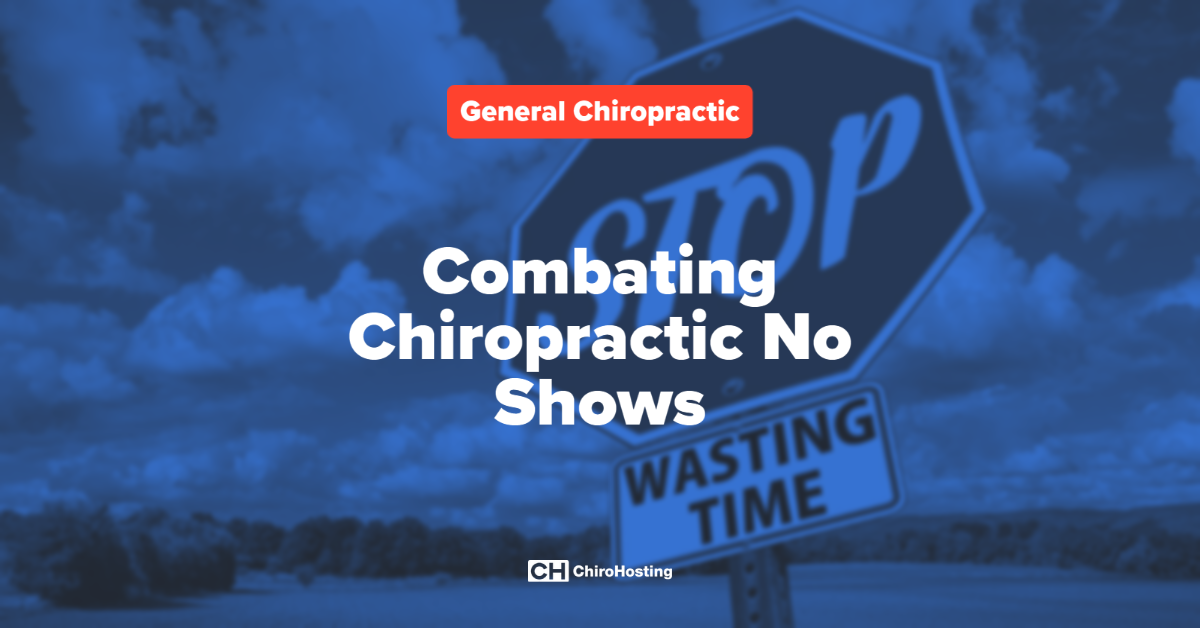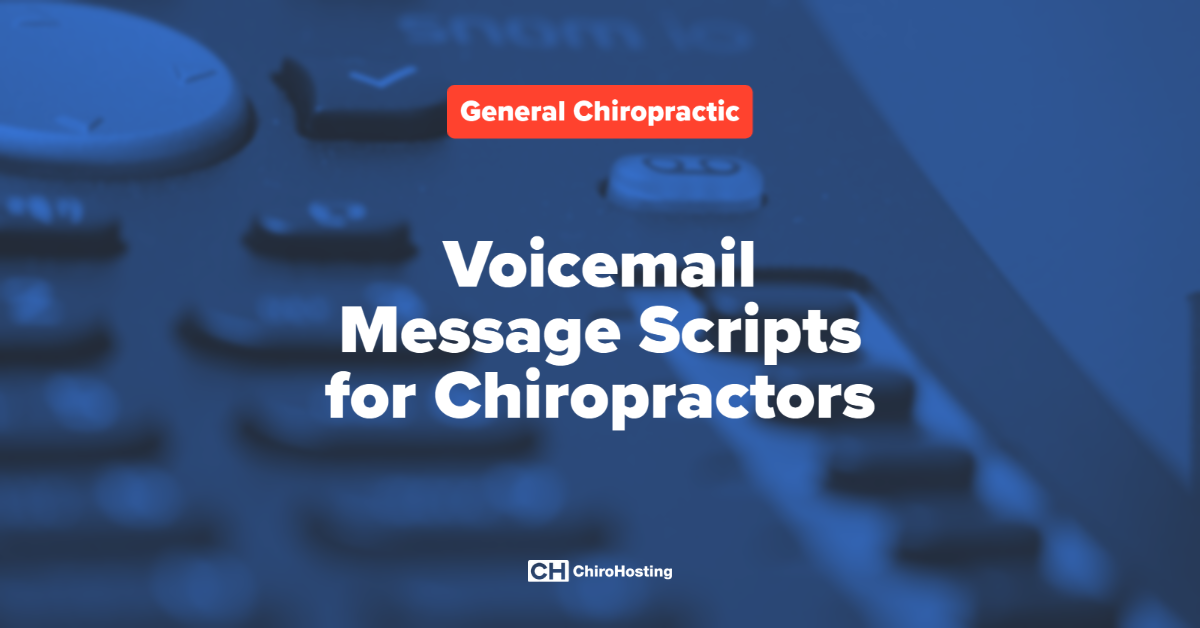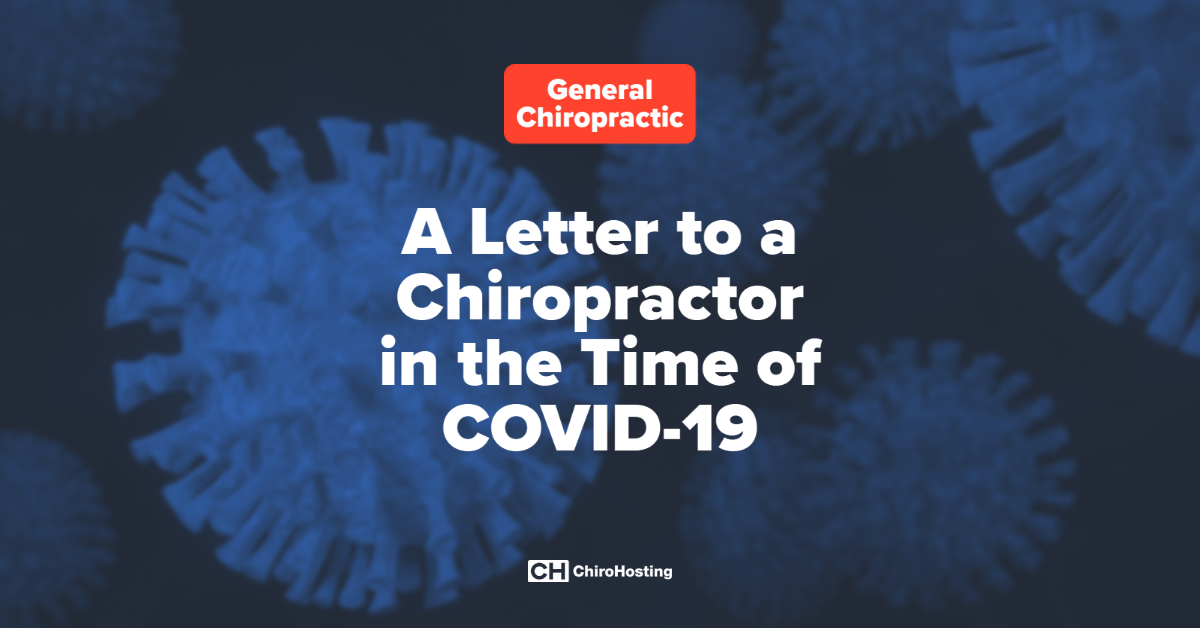
We all want what’s best for our family, and the evidence is clear: for your kids’ health, regular chiropractic care is the best option.
Most people think of back and neck pain when they think about chiropractic, and chiropractic is fantastic at treating those conditions. But chiropractic is much, much more than that! Countless scientific studies have shown that chiropractic is great at keeping you and your family healthy in many different ways. Chiropractic is truly wellness care.
And it makes sense why: chiropractic works by restoring the function of your body’s nervous system by the removal of interference caused by disease, stress, or injury. When your nervous system is working properly, you’re healthier!
Here are some of the ways that chiropractic works to keep your kids well:
1 – Chiropractic Boosts Your Immune System
Research shows that chiropractic adjustments have positive, objective effects on your immunity. This is really important for kids, as they’re subjected to all kinds of bugs and viruses. A strong immune system in childhood makes for a healthier adulthood, too!
2 – Chiropractic Helps with Asthma
More and more kids are being diagnosed with asthma and other respiratory problems, and research from the last few years shows that chiropractic adjustments can help with these ailments by restoring the body’s natural function.
3 – Chiropractic Relieves Colic
In 2012, researchers studied 104 infants who were suffering from colic. They found that the parents reported a significant decrease in infant crying in the treated babies, compared to the infants who didn’t receive treatment.
4 – Chiropractic Helps Kids with Nocturnal Enuresis
Bedwetting is a tough problem for kids and parents, but a 2009 study found that chiropractic care helped 2 out of 3 children with this problem.
5 – Chiropractic Can Improve Posture
As our spine is subjected to stresses and injuries, it’s easy for it to lose flexibility and mobility that we need for health. Chiropractic works to restore the normal function of your spine, which also restores your natural, healthy posture.
6 – Chiropractic and ADHD
Numerous case studies published over the years suggest that chiropractic care might be helpful for kids with ADHD and attention problems.
7 – Chiropractic Reduces Stress
Research done in Japan found that chiropractic adjustments had immediate, positive effects on stress and cortisol levels. Kids are under more and more pressure each year with school and activities, so stress reduction is an important health goal for kids.
8 – Chiropractic Is SAFE
We hear every day about the risks and dangers of drugs and surgical procedures, and we don’t want to subject our kids to that! Chiropractic is a healthy choice for people of all ages, especially children. A 2012 study looked at 20,000 pediatric patient visits for all kinds of health issues and found no serious side effects in the children.
9 – Chiropractic from Birth
When we hurt our neck or back, we go and visit our chiropractor for help. When a baby is born and exposed to neck injury during childbirth, it makes sense to take that child to a chiropractor, too! But it’s more important than just neck pain: a 2013 study from the Journal of Attention Disorders found that babies injured at birth were more likely to develop ADHD symptoms when they reach age eight. Your nervous system controls every aspect of your body, so a disruption at birth can have long-term consequences!
The science backs up what millions of parents know: chiropractic is the perfect way to keep your family healthy!
Immune System Research
- Teodorczyk-Injeyan JA, McGregor M, Ruegg R, Injeyan HS. Interleukin 2-regulated in vitro antibody production following a single spinal manipulative treatment in normal subjects. Chiropractic & Osteopathy 2010;(18)26.
- Teodorczyk-Injeyan JA, Triano JJ, McGregor M, Woodhouse L, Injeyan HS. Elevated production of inflammatory mediators including nociceptive chemokines in patients with neck pain: a cross-sectional evaluation. Journal of Manipulative and Physiological Therapeutics 2011;34(8):498-505.
Asthma and Respiratory Research
- Engel RM, Vemulpad SR, Beath K. Short-term effects of a course of manual therapy and exercise in people with moderate chronic obstructive pulmonary disease: a preliminary clinical trial. Journal of Manipulative and Physiological Therapeutics 2013;36(8):490-6.
- Pepino VC, Ribeiro JD, Ribeiro MA, de Noronha M, Mezzacappa MA, Schivinski CI. Manual therapy for childhood respiratory disease: A systematic review. Journal of Manipulative and Physiological Therapeutics 2013;36(1):57-65.
Colic Research
- Miller JE, Newell D, Bolton JE. Efficacy of chiropractic manual therapy on infant colic: a pragmatic single-blind, randomized controlled trial. Journal of Manipulative and Physiological Therapeutics 2012;35(8):600-7.
Nocturnal Enuresis (Bedwetting) Research
- van Poecke AJ, Cunliffe C. Chiropractic treatment for primary nocturnal enuresis: a case series of 33 consecutive patients. JMPT 2009;32(8):675-81.
ADHD Research
- Kuhn K and Cambron J. Chiropractic management using a brain-based model of care for a 15-year-old adolescent boy with migraine headaches and behavioral and learning difficulties: a case report. Journal of Chiropractic Medicine 2013;12:274-280.
- Alcantara J, Davis J. The chiropractic care of children with attention-deficit/hyperactivity disorder: a retrospective case series. Explore 2010;6(3):173-182.
Stress Research
- Ogura T, Tashiro M, Masud M, et al. Cerebral metabolic changes in men after chiropractic spinal manipulation for neck pain. Alternative Therapies. 2011;17(6):12-17.
Chiropractic Safety Research
- Marchand A. Chiropractic Care of Children from Birth to Adolescence and Classification of Reported Conditions: An Internet Cross-Sectional Survey of 956 European Chiropractors. Journal of Manipulative and Physiological Therapeutics 2012; 35 (5):372-380.
Birth Trauma and ADHD
- Hurtig T, Ebeling H, Jokelainen J, Koivumaa-Honkanen H, Taanila A. The Association Between Hospital-Treated Injuries and ADHD Symptoms in Childhood and Adolescence: A Follow-Up Study in the Northern Finland Birth Cohort 1986. Journal of Attention Disorders 2013;May 10.







